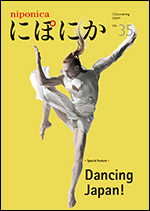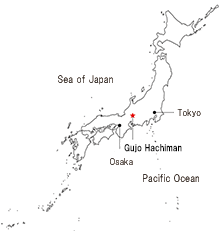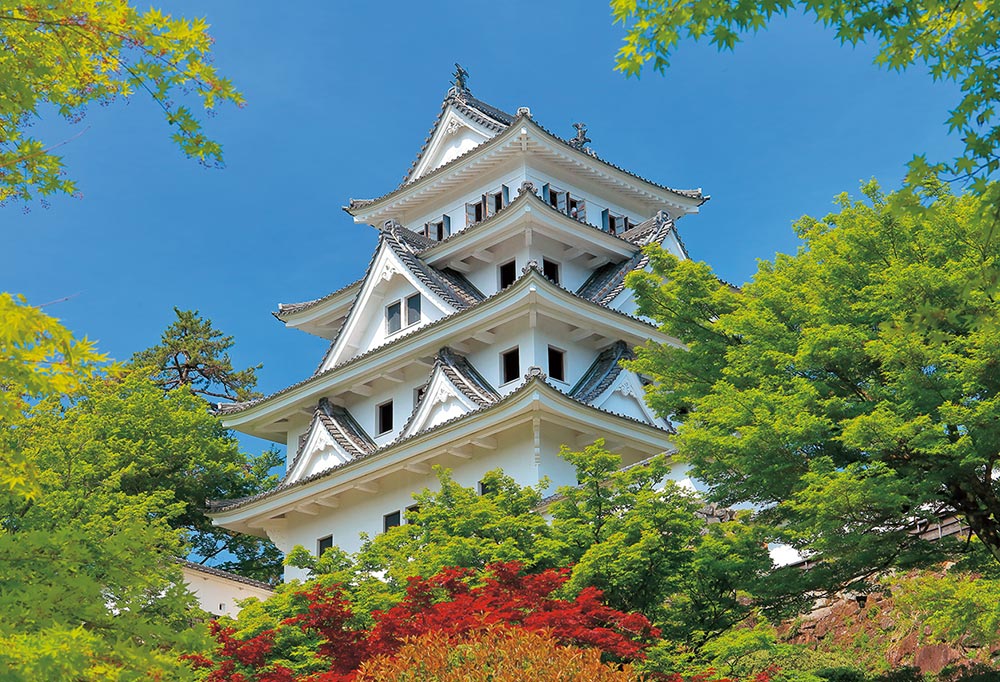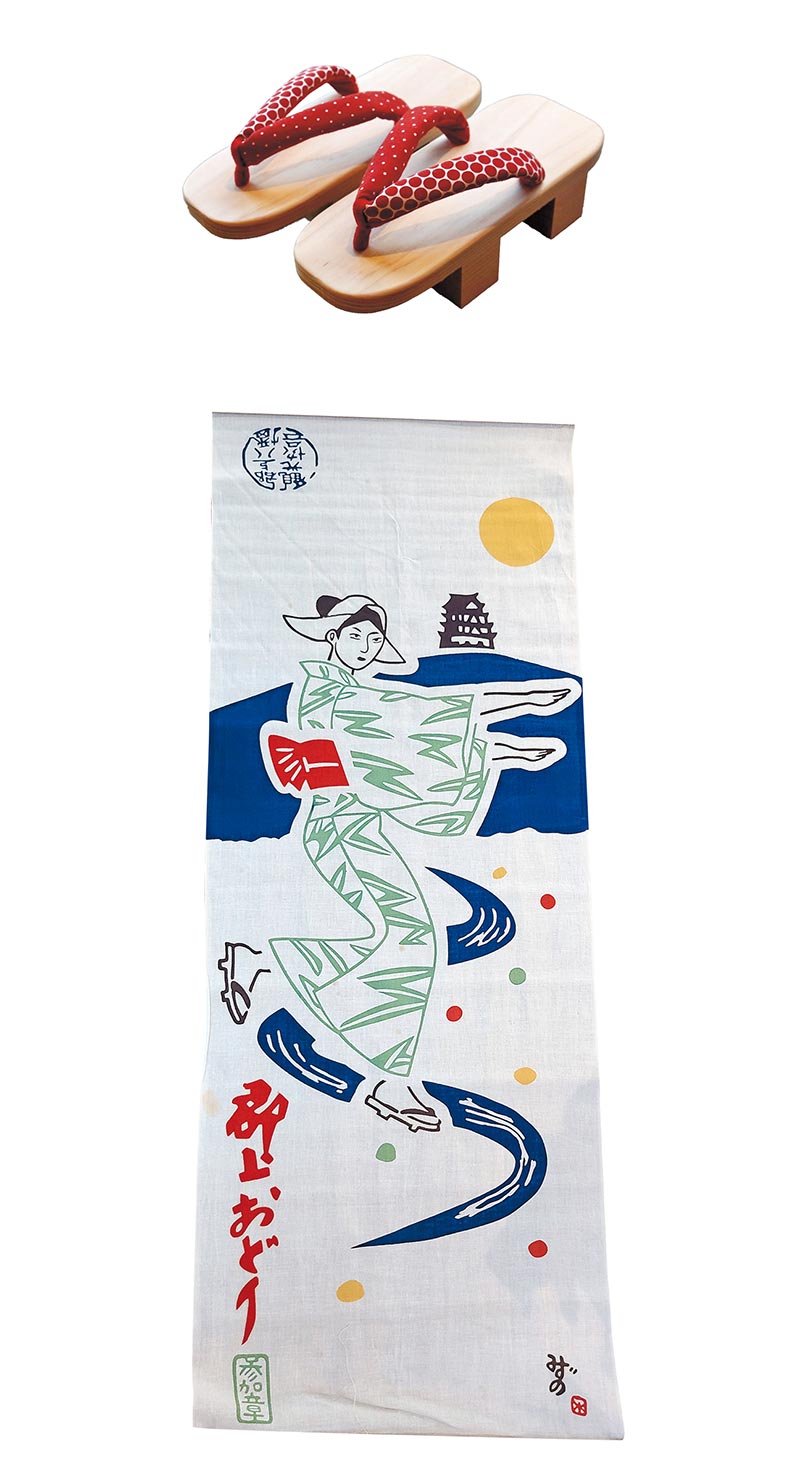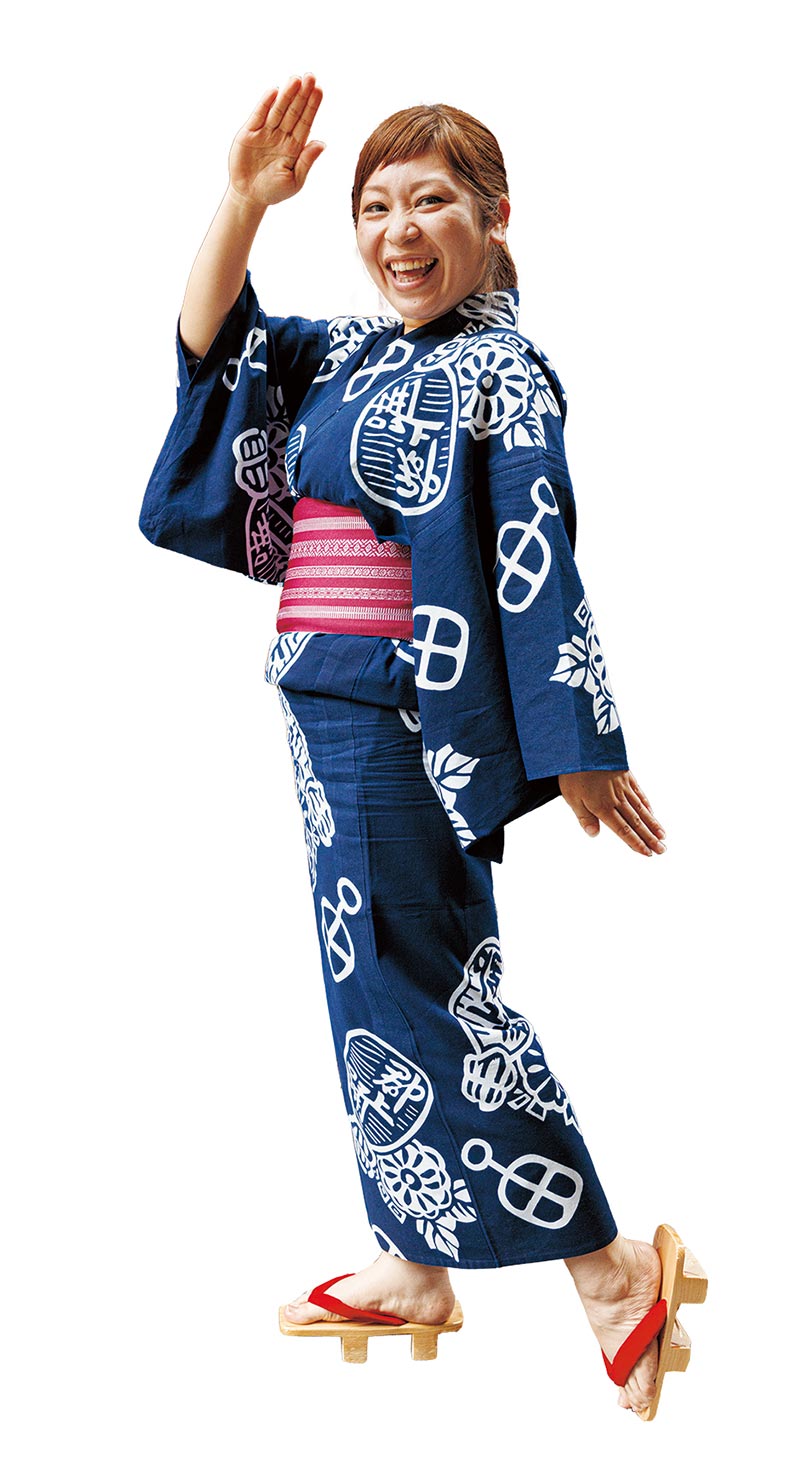
2023 NO.35
Menu
 Strolling Japan
Strolling Japan
In a quiet town of pleasantly murmuring waterways, the Gujo Odori — a summer festival featuring lively dance events every evening — fills the town with an air of festive fervor. A sacred place of dance, Gujo Hachiman is an outstanding destination for anyone who wants to experience the riches of Japanese traditional dance.
Photos: Kurihara Osamu, PIXTA, photolibrary

The Yoshida River flows through the heart of town.
Located in Gifu Prefecture, the city of Gujo Hachiman can be reached in about two hours, taking train connections north from Nagoya, Aichi Prefecture, the largest city in Japan’s Chubu region. Once a stopover for travelers on the pilgrimage route to the holy mountain Mount Hakusan, Gujo Hachiman developed into a flourishing castle town frequented by throngs of merchants after Gujo Hachiman Castle was built in the latter 16th century. As in days of yore, the pleasant burbling of the Yoshida and the Kodara, a pair of rivers that flow through the mountain-encircled town, still soothes visitors’ hearts and minds.
In summertime, this quiet town undergoes a drastic transformation with the advent of the Gujo Odori dance festival. A bon-odori event with a 400-year history held at various locations throughout the town over the course of 31 days from July into September, the festival inspires everyone from locals to sightseers to dance together in unison. The climax comes with all-night dance events held from August 13 to 16. This period, when participants dance through the night from eight in the evening until five the next morning, attracts visitors numbering in the tens of thousands and fills the town with an air of fervor.
The Gujo Hachiman Hakurankan museum offers demonstrations performed by instructors, providing opportunities to experience the dances even in the off season. The sights and sounds of performers singing and dancing in step with the traditional musical accompaniment, clapping their hands together and occasionally stamping the ground with their geta clogs, may compel viewers to start dancing along.
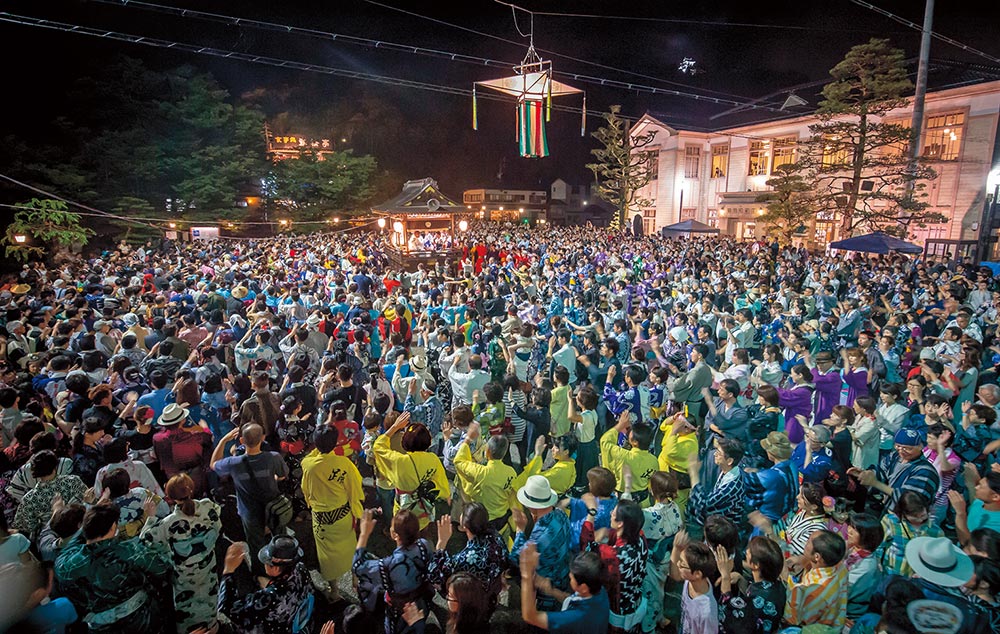
The Gujo Odori festival’s dancing (Gujoh-odori) has been inscribed on the Representative List of Intangible Cultural Heritage of Humanity of UNESCO as a form of Furyu-odori. ©Fukuda Koji
Geta clogs (above; photo courtesy of Gujo Mokuri) and tenugui hand towel (photo courtesy of Tourism Division, Department of Commerce, Industry and Tourism, Gujo City) are essential items for taking part in the Gujo Odori festival.

